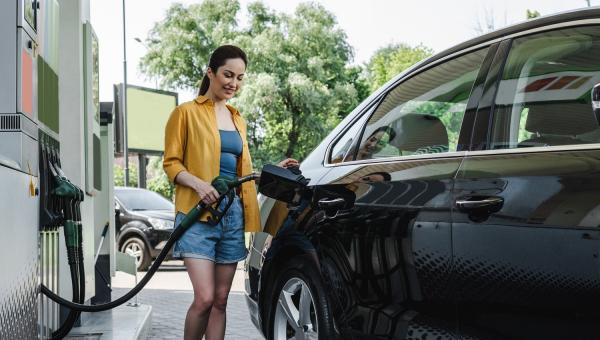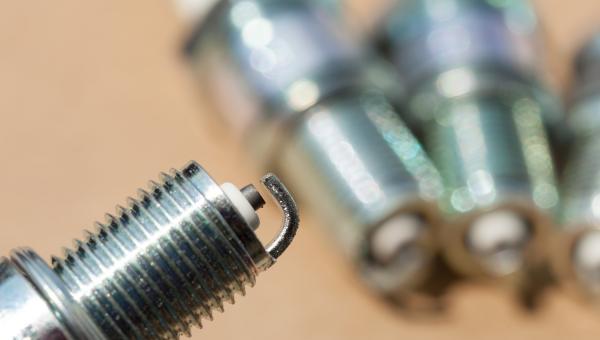Test Drive Notes Library
-
 Pros
Pros
- All electric. The carbon-fiber-intensive i3 uses no gasoline. Unless you order it with the range-extender, two cylinder gasoline engine. Then, if you run out of battery power, you can chug another 60 or so miles while the gasoline engine provides electricity. But for a lot of people, the 115 miles or so of range will be plenty for daily driving. Remember, unlike a gasoline car, you can "fill up” a battery powered car several times a day. And you’d certainly fill up every night.
- Fun to drive. If you’re worried that you’ll soon be driving a dull electrical appliance, BMW’s i3 is doing its best to convince you not to fear the electric-car revolution. The i3 is zippy, with more than enough acceleration and passing power. With the batteries in the floor, it’s got a low center of gravity and corners extremely well. The only thing that reminds you it’s all electric is the “one pedal” drive. That’s what golf carts use. You step on the accelerator, and the car goes. You lift off the accelerator and the car brakes aggressively. There’s no coasting in the i3. Takes getting used to.
- Feels bigger inside than it looks. The huge front windshield, located far forward of the driver, makes the front seat of the i3 feel spacious and roomy. The back seat is accessed via a half-sized suicide door. You’re not going to be stuffing grandma back there. On the other hand, access is better than any two door car, and there’s good room for two adults.
- Small and agile. Easy to maneuver, easy to park, easy to do a three-point-turn. The i3 is designed to be a fun city car.
- Nice interior. A lot of the switchgear is taken right from other modern BMWs. So you get iDrive, a good screen, flexible presets, and clear and easy to use temperature and volume controls. The one glaring exception is the “transmission" selector. It’s a knob that sticks out of the side of the steering column. It took a few tries to get used to it, but it’s really very simple and straightforward. You twist it forward to go forward, you twist it back to go back. It’s actually a hell of a lot more intuitive and clear than the gear selectors BMW is putting in its gasoline vehicles these days. In terms of design, BMW makes a point of using green materials. We can’t verify their origin, but the design has an airy, clean, upscale, modern Scandinavian-ish vibe.
-
 Cons
Cons
- High sill. When you step into the i3, you might find, as we did, that you bang your right foot against the door sill. The batteries are built into the floor of the i3, so we’re guessing the high sill is a necessary structural element. You’d probably get used to lifting your foot a little higher as you slide in, but it caught us several times during our week-long test.
- Only 115 miles? When the Chevy Bolt came out in late 2016, it essentially lapped the i3 in range. And that was two years ago. It offers 240 miles from each full charge. Plus it has four doors. It’s not nearly as fun to drive, not as premium inside, but the ride is softer, which appeals to a lot of people. It also costs about $15,000 less. Loaded Bolts are selling for about $40 grand (minus a $7,500 federal and some state tax credits). The i3s we drove stickers at $53 grand (minus the same incentives), and we’ve seen higher sticker prices than that.
- Stiff ride sometimes. Fine on smooth roads, and on the highway. But you get an occasional jolt on imperfect roads.
- Windshield glare. BMW, to its credit, went out of its way to use recycled and reusable materials in the i3. The eco-friendly material that covered the dashboard in our test car, however, looked like a carpet pad. And it reflects badly on the windshield when it's sunny out. Nothing other than matte black ought to be used for dashboards.
- Don’t think too different. Instead of door pulls on the insides of the doors, BMW built a fold into the door that you can grab to close the door. But we found it too high, and at a slightly awkward angle. It seemed to be change for change’s sake (or perhaps style’s sake), rather than an ergonomic improvement.
- The above mentioned gear selector and “Park” button sits behind the steering wheel, in a slightly awkward to reach place. You get used to doing a reach around, but pulling it out a little further from the stalk would make it easy to use. And putting the car in Park requires a press of a button behind the wheel. With the silent motor, we imagine it’d be easy to forget to push Park, and it’d be sad to see your $53,000 i3s roll down the street into a UPS truck.
Test Drive Notes Library
Get the Car Talk Newsletter
 Pros
Pros Cons
Cons


